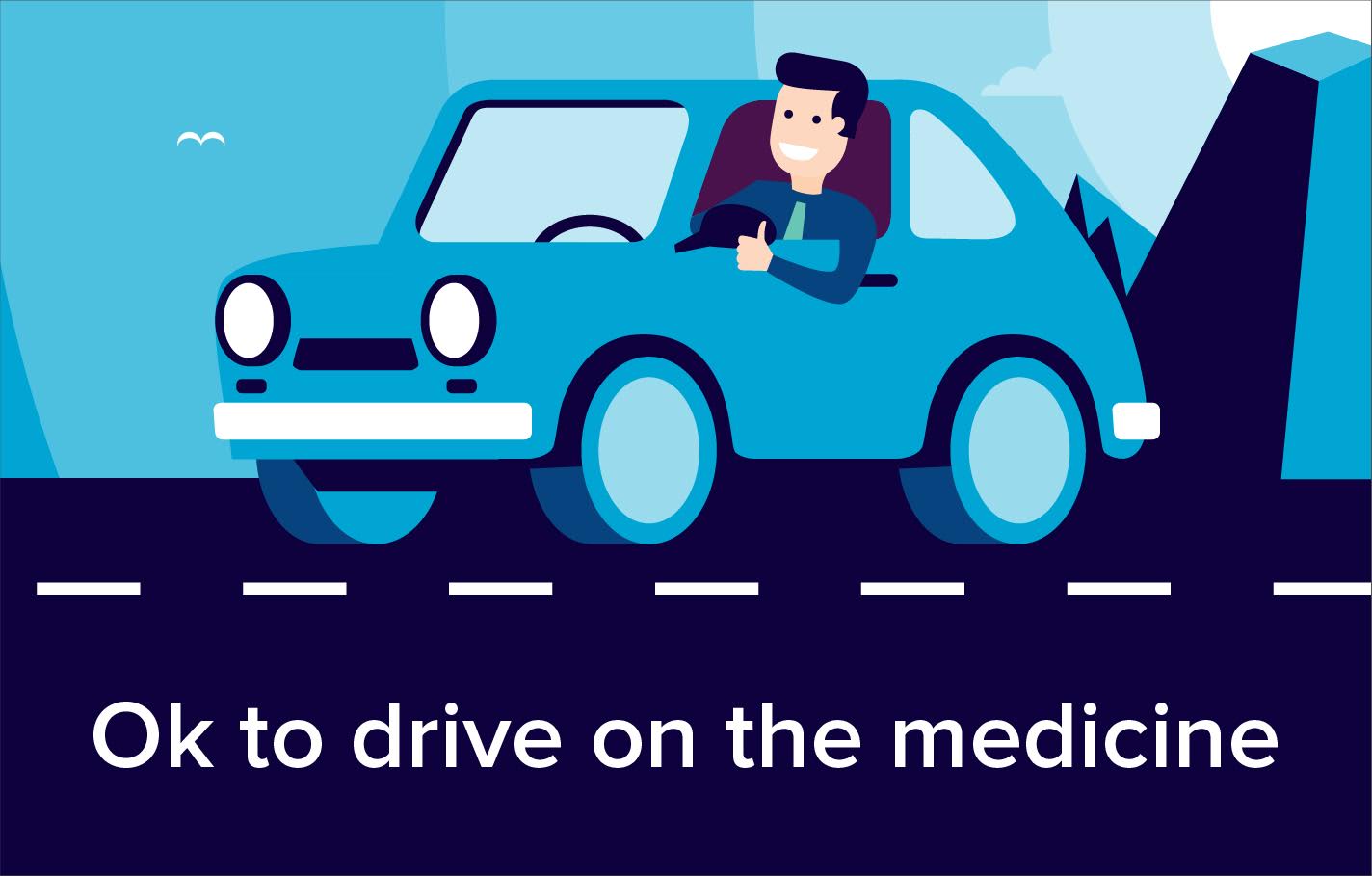Rhinolast nasal spray contains the active ingredient azelastine hydrochloride, which is a type of medicine called an antihistamine. It works by preventing the actions of histamine.

What is it used for?
- Relieving symptoms of hay fever (seasonal allergic rhinitis) in adults and children aged five years and over.
- Relieving symptoms of nasal allergies such as pet allergies or dust mite allergies that occur throughout the year (perennial allergic rhinitis) in adults and children aged five years and over.
How does it work?
- Rhinolast nasal spray contains the active ingredient azelastine hydrochloride, which is a type of medicine called an antihistamine. It works by preventing the actions of histamine.
- Histamine is a substance produced by the body as part of its defence mechanisms. It is stored in cells called mast cells, in almost all tissues of the body.
How do I use it?
- Adults and children aged five years and over should use one spray in each nostril twice a day when needed to relieve symptoms.
- Before using the spray for the first time, squeeze down the collar several times until an even spray emerges.
- Follow this link for further instructions on how to use your nasal spray.
Not to be used in
- Children under five years of age.
- This medicine should not be used if you are allergic to one or any of its ingredients. Please inform your doctor or pharmacist if you have previously experienced such an allergy.
If you feel you have experienced an allergic reaction, stop using this medicine and inform your doctor or pharmacist immediately.
Pregnancy and breastfeeding
Certain medicines should not be used during pregnancy or breastfeeding. However, other medicines may be safely used in pregnancy or breastfeeding providing the benefits to the mother outweigh the risks to the unborn baby. Always inform your doctor if you are pregnant or planning a pregnancy, before using any medicine.
- The safety of this medicine for use during pregnancy has not been established. Only minimal amounts of the medicine pass into the bloodstream after using the nasal spray, but the manufacturer states that it should be used with caution during pregnancy, and only if the benefits to the mother outweigh any potential risks to the developing baby. Seek medical advice from your doctor before using this medicine if you are pregnant.
- Only very small amounts of this medicine may pass into breast milk after using the nasal spray. It should be used with caution by women who are breastfeeding and only if the benefits to the mother outweigh any potential risks to the nursing infant. Seek medical advice from your doctor before using this medicine if you are breastfeeding.
Side effects
Medicines and their possible side effects can affect individual people in different ways. The following are some of the side effects that are known to be associated with this medicine. Just because a side effect is stated here, it does not mean that all people using this medicine will experience that or any side effect.
- Bitter taste and nausea (this is usually caused by tipping the head too far backwards when administering the spray into the nostrils).
- Nasal irritation, eg stinging or itching.
- Nosebleeds (epistaxis).
- Sneezing.
For more information about any other possible risks associated with this medicine, please read the information provided with the medicine or consult your doctor or pharmacist.
How can this medicine affect other medicines?
- This medicine is only absorbed into the bloodstream in very small amounts after application into the nose. As such, it is unlikely to significantly affect other medicines that you are taking. However, as with all medicines, it is important to tell your pharmacist what medicines you are already taking, including those bought without a prescription and herbal medicines, before you start treatment with this medicine. Similarly, check with your doctor or pharmacist before taking any new medicines while using this one, to make sure that the combination is safe.
References:
https://www.medicines.org.uk/emc/medicine/14035
http://www.netdoctor.co.uk/medicines/ear-nose-and-throat/a8258/rhinolast-nasal-spray-azelastine/
https://www.medicines.org.uk/emc/medicine/9160/SPC/Rhinolast+Nasal+Spray/


